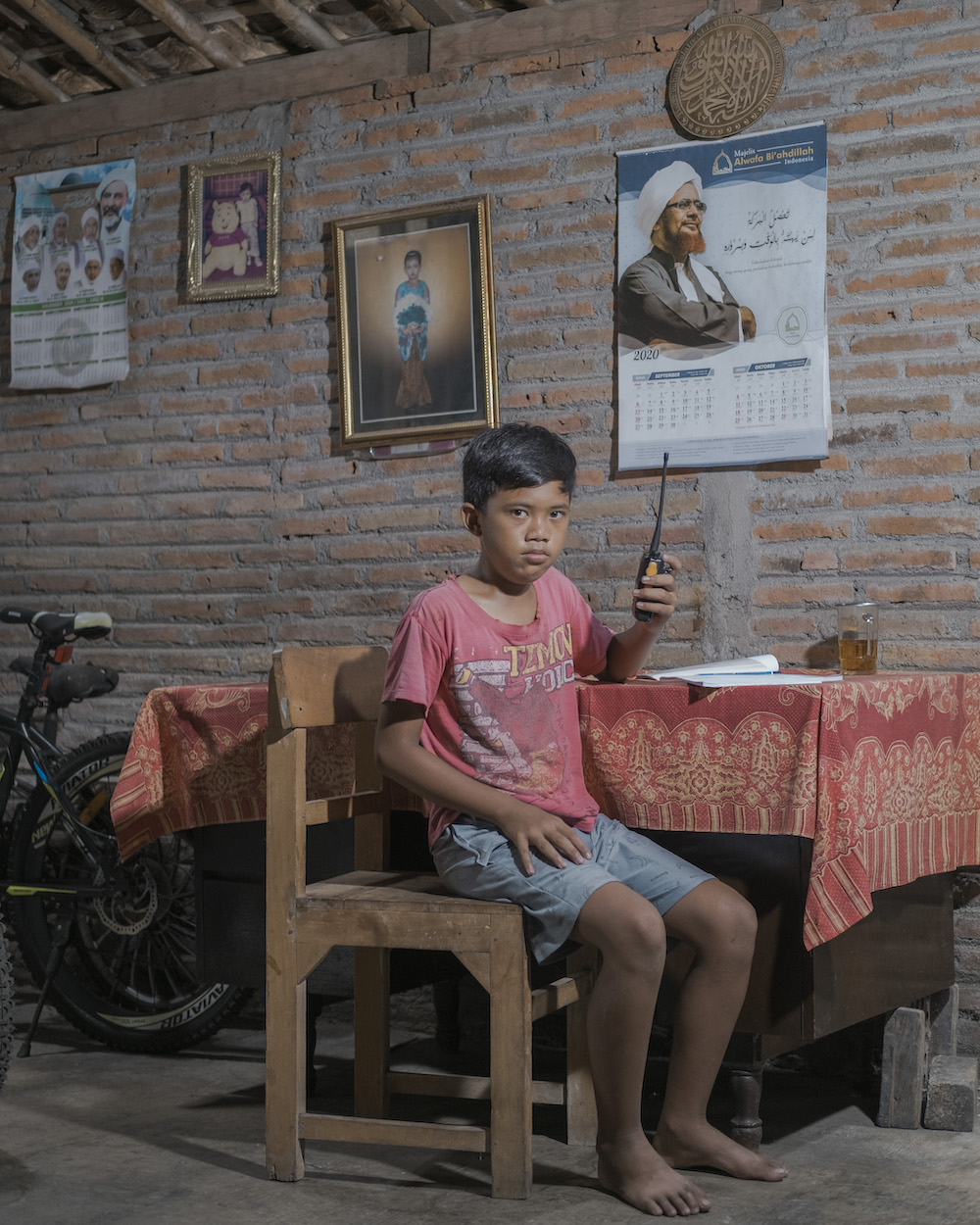Agoes Rudianto documents walkie-talkie schooling in rural Indonesia
Melvin Saputra. 12. “Because the school was closed, I couldn't play football with my school friends. I like playing football during lunch break”.
Source:
Bunga Citra Lestari.12. “I miss wearing my school uniform. Even though my uniform is narrow now. I still keep everything, I haven't taken it out from the cupboard for several months and I didn't wash it. Can't wait to go to school again. I am in the last grade of elementary school, next year I will go to junior high school, wearing a new uniform”.
Source:Riyanti Mulyaningrum. 11. “I can't focus on the distance learning system. Sometimes, my teacher's voice is clear-less. Once upon a time, the walkie talkie frequency has changed itself. But what can I do, I am afraid to go to school because of the pandemic”.
Source:© 2022 - 1854 MEDIA LTD